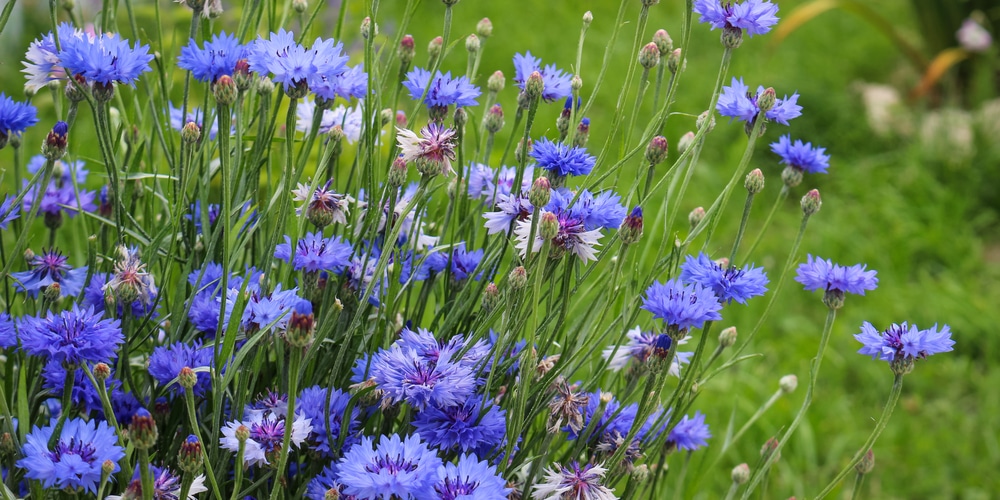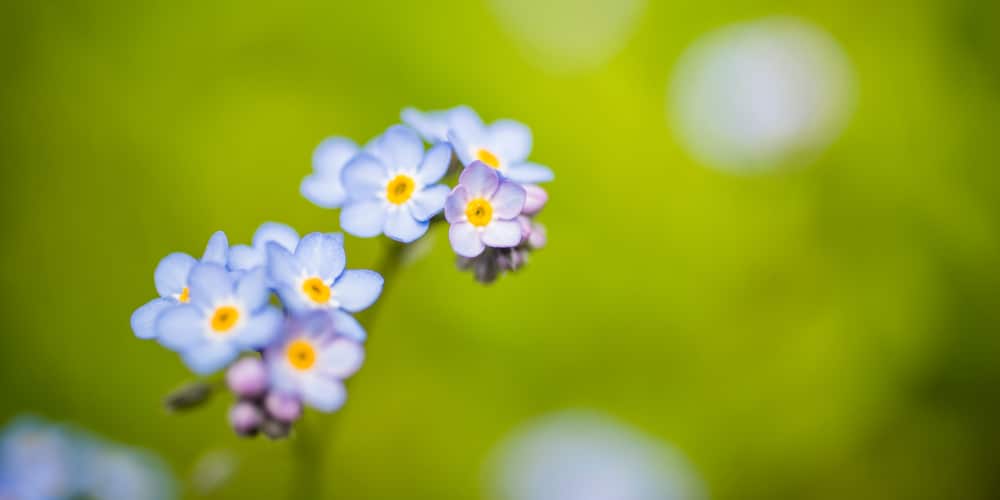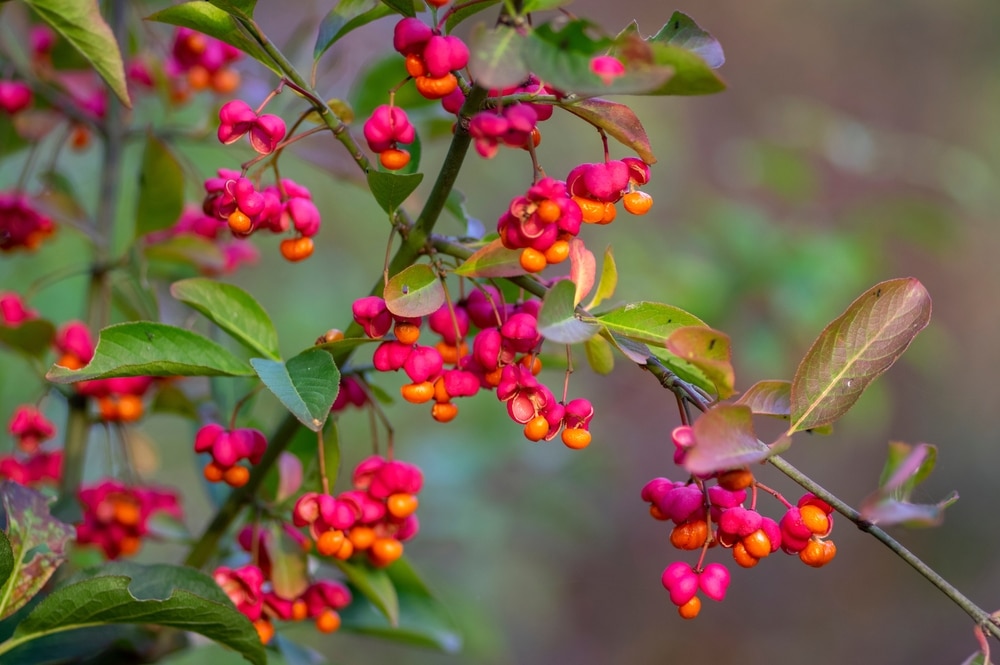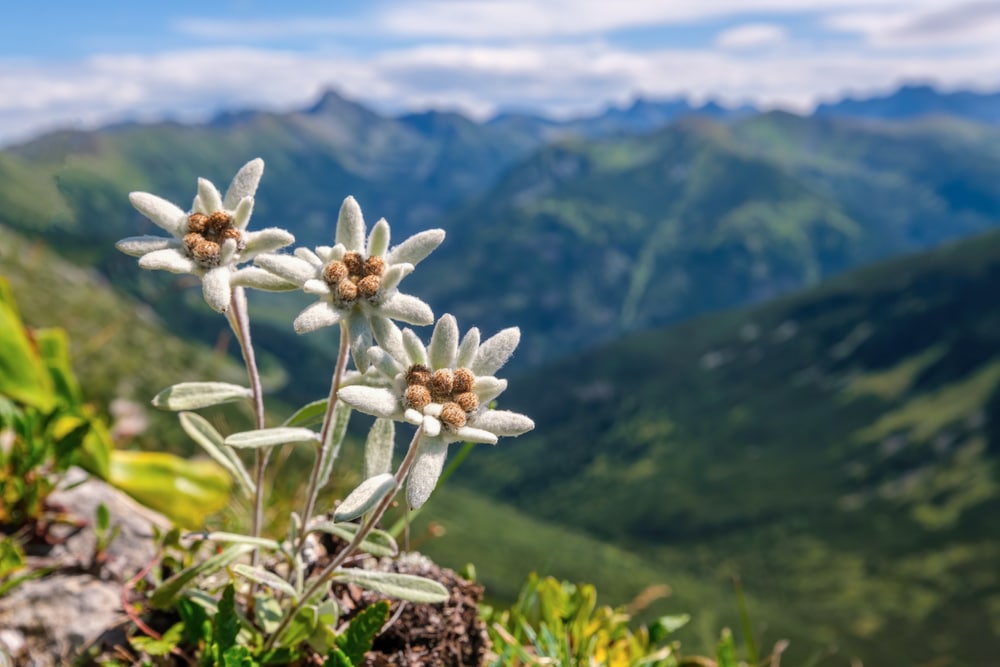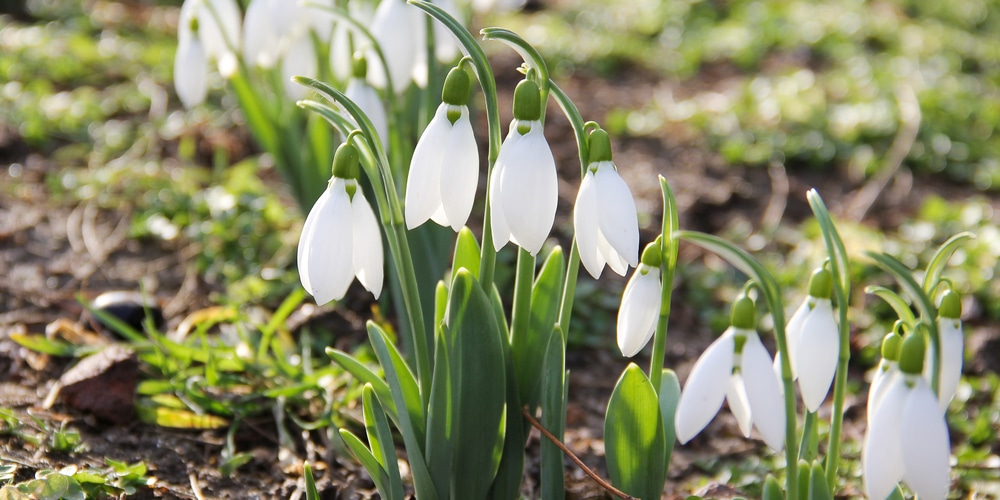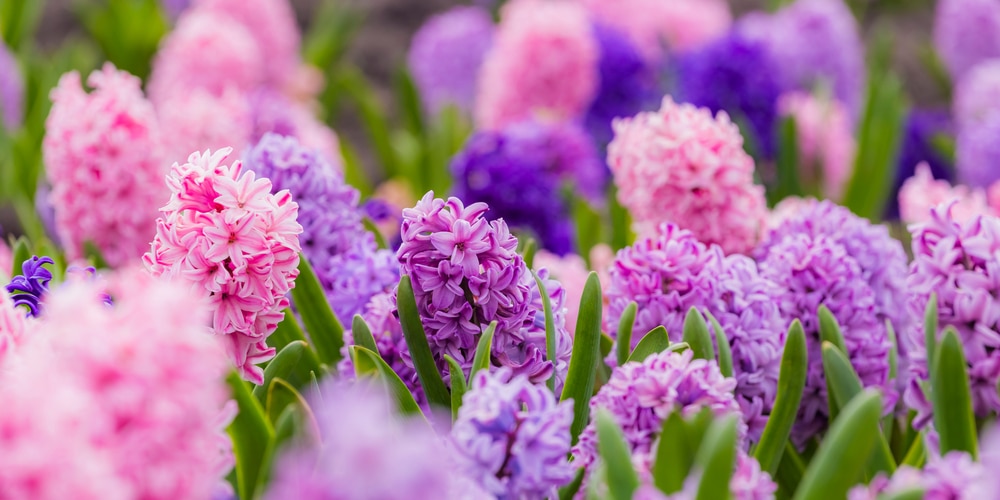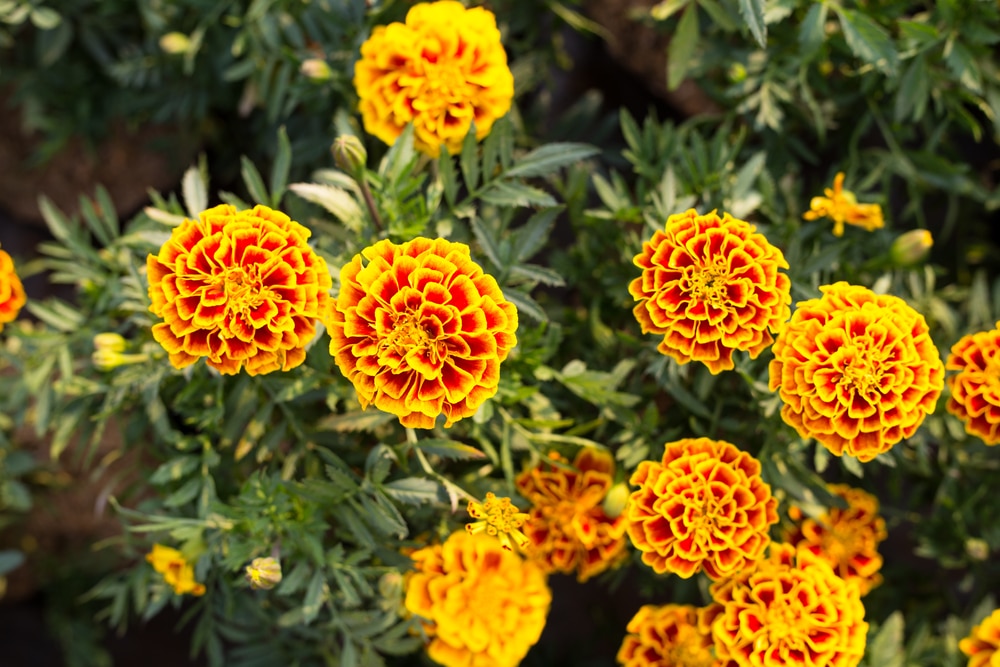There are many German native flowers, including Cornflowers, Camomile, and Lilies of the Valley. This is a list of some of the most popular and interesting varieties and information on how to care for the plants.
German Native Flowers
These beautiful flowers are native to Germany and are also found growing across much of Europe. Most of these plants will thrive in temperate areas of the States with the correct care.
Cornflower
With the botanical name Centaurea cyanus, this flower is also known as the bachelor’s button or blue bottle flower. It’s an annual that blooms in shades of blue, pink, and white from June to August.
The cornflower is a hardy plant that is often found growing wild in fields and along the sides of railroads. The plants prefer partial sun and well-drained soil. They are also drought tolerant once established, making cornflowers a good choice for hot, dry areas. It’s essential to water your flowers regularly during the first growing season to help the plant establish a deep root system.
German Chamomile

German chamomile is an annual herb grown for its pretty, daisy-like flowers. The flowers are white with a yellow center and have a strong, apple-scented fragrance. They bloom throughout the summer, from June to August.
Chamomile prefers full sun but will tolerate some light shade. It likes well-drained soil but is relatively thirsty and requires moderate watering.
Forget-Me-Not
Forget-me-nots are delicate annual flowers beloved for their sky-blue color and heart shape blooms. The plant’s flowers are generally long-lasting between early May to late June.
Forget-me-nots are very easy to grow and prefer full sun or partial shade. They like moist, well-drained soil and will tolerate some light shade.
Lily of the Valley
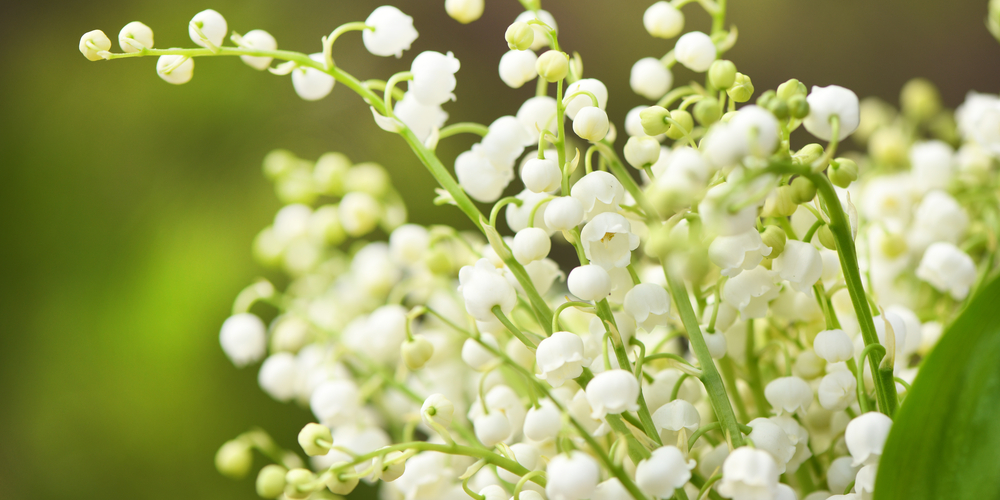
Lily of the valley is a sweet-scented, perennial flowering plant that blooms in early spring. The flowers are commonly found in European woodlands and are white and bell-shaped with a greenish-yellow center. The plant prefers partial shade and moist, well-drained soil. It’s moderately drought tolerant once established.
European Spindle
Euonymus europaeus, or European spindle, is a deciduous shrub grown for its pretty flowers and colorful fruits. It’s commonly found across Europe and grows in forests and along hedgerows. The flowers are small and pink, blooming in May and June. They’re followed by orange-red fruits that ripen in September. The plant prefers partial shade and well-drained soil.
Edelweiss
Leontopodium alpinum, or edelweiss, is a perennial flower that’s native to the Alps. It has unique white flowers and slightly woolly petals. The plant blooms in July and August. Edelweiss prefers full sun but will tolerate some light shade. It likes well-drained soil and moderate water.
Snowdrop
Snowdrops are perennial flowers that bloom in early spring. The flowers are common in woodland areas and have small white blooms with a green center. Snowdrop prefers partial shade and often grow underneath larger plants and trees. They require regular watering and thrive in well-drained soil.
Hyacinth
The hyacinth is another flower that’s a native of Germany. This vibrant and colorful flower is often seen in yards and bouquets.
The hyacinth requires very little care and can thrive in most conditions. They prefer well-drained soil and full sun to partial shade. Watering should be done on a regular basis, especially during dry periods. The hyacinth is a beautiful addition to any garden or home.
Marigold
This cheerful flower is easy to grow and care for. Marigolds prefer full sun and well-drained soil. Deadheading is not necessary but can extend the blooming period.
Conclusion
There are many flowers native to Germany that have been enjoyed for centuries. Some of the most popular German native flowers include cornflower, German chamomile, forget-me-nots, and lily of the valley.
Proper care allows these flowers to add beauty and interest to any garden. Each one has its distinct appearance and care needs, so be sure to do your research before planting.
